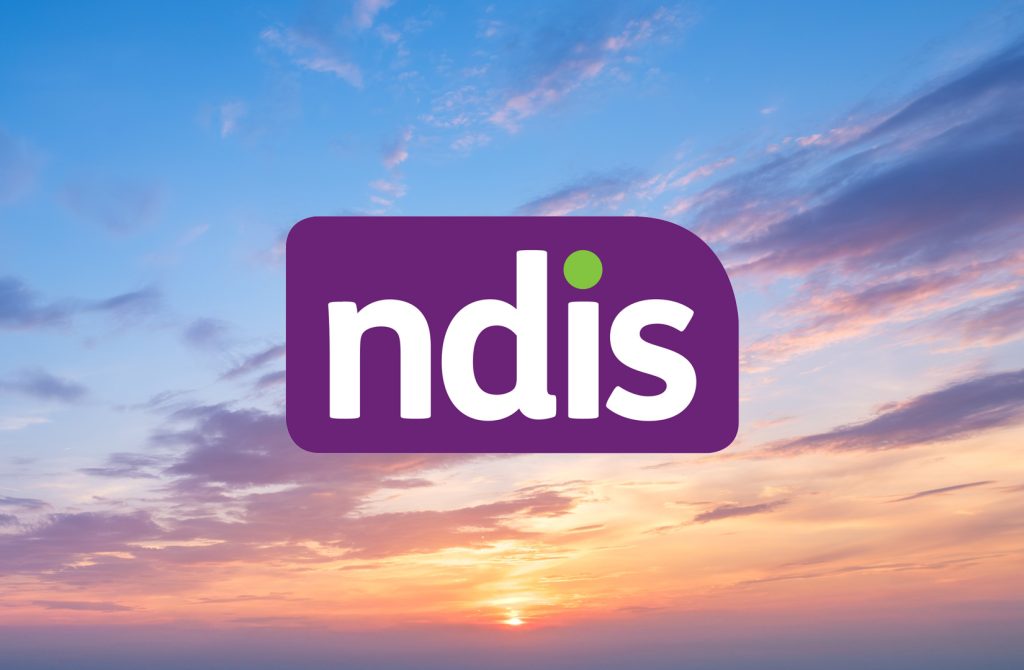The National Disability Insurance Scheme (NDIS) has implemented changes to funding periods to assist participants in better managing their budgets and ensuring sustained support throughout their plan duration.
Understanding the New Funding Periods
As of 19 May 2025, the NDIS has introduced funding periods in new and reassessed plans. These periods segment the total funding into intervals, typically set at three months, allowing participants to access their funds in portions rather than receiving the entire amount upfront. This approach aims to provide flexibility while promoting consistent budgeting and reducing the risk of depleting funds prematurely.
It’s important to note that these funding periods do not alter the total amount of funding allocated in a participant’s plan; they only affect the timing of fund accessibility. Participants will be able to view their funding periods in their NDIS plan documents, the participant portal, and the my NDIS app.
Rationale Behind the Change
Feedback from participants indicated challenges in managing budgets when receiving the full funding amount at the start of their plans. The introduction of shorter funding periods is designed to:
- Ensure supports are available when needed
- Reduce the risk of running out of funds early
- Provide flexibility while aiding in budget management
This change is being rolled out gradually. Participants will not be affected until they receive a new or reassessed plan, during which discussions will take place to understand individual circumstances.
A funding period is the time that part of a participant’s funding is available for, and how long it needs to last. Participants can spend up to the amount of funding available in that time. Funding periods can apply to either the total amount of funding in participant’s plan, or funding component amounts.
Plans now include a total funding amount. This shows the total amount of funds allocated to all reasonable and necessary supports over the length of a participant’s plan.
The funding is divided into funding components, like Core, Capacity building, or Capital. The total amount for each funding component will be made available to you in specific time intervals called funding periods. Each funding component has its own funding periods.
Funding components group together related types of supports in a participant’s plan. Each component has an allocated amount that can be used to purchase supports covered under that component.
For example, the Core funding component might include support for daily activities, while Capacity Building could cover therapies or training.
No, funding periods don’t affect a participant’s total budget, only when funding will be made available across the duration of their plan.
At the end of each funding period, any unspent funds will rollover into the next funding period in the same plan. This means the unused funding will be added to the new funding period. However, funds will only rollover during the same plan.
This approach ensures that support is available as needed over time.
Funding from a future funding period generally can’t be brought forward.
In exceptional circumstances, the NDIA may bring forward a future funding period if there is an urgent need. This won’t change the total amount of funding in the plan, so careful budgeting is still needed to ensure there’s enough funding to meet support needs later in the plan.
If a participant’s situation has changed and they need more or different supports, they can contact the NDIA to request a change to their plan.
It’s important for participants to ask for help early, before funds run out.
Support coordinators should work with participants at the start of their plan to establish a schedule of support that can be delivered within the funding allocated to each period. This ensures that supports can be provided consistently throughout the funding period.
Plan Managers will support participants to spend in accordance with their plan including within funding periods.
Providers must only deliver supports that are within the available funding for each period, and claims should be submitted promptly after services are delivered.
Some supports may have different funding periods based on how they are delivered. For example, high-cost regular supports like Supported Independent Living (SIL) may have monthly funding periods to align with service delivery. In some cases, participants may need more funding upfront, for example, to purchase assistive technology like a custom wheelchair. In these cases, more funding will be available at the start of the plan.
A funding component amount in a plan might include funding for more than one support category. This means a participant can choose how to spend their funding across all the supports under that funding component amount.
For example, in the same funding component amount we can include any funding for:
- transport
- consumables
- assistance with daily life
- assistance with social, economic and community participation.
Support and Resources
The NDIS is committed to supporting participants through this transition. Information and guidance will be provided to help understand the implications of funding periods. Participants are encouraged to utilise available resources and reach out for assistance as needed. For more detailed information on the changes to NDIS funding periods, please visit the official NDIS website:


